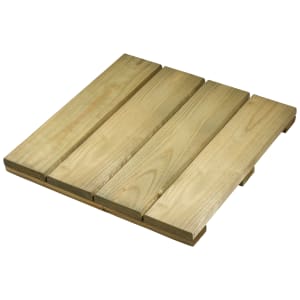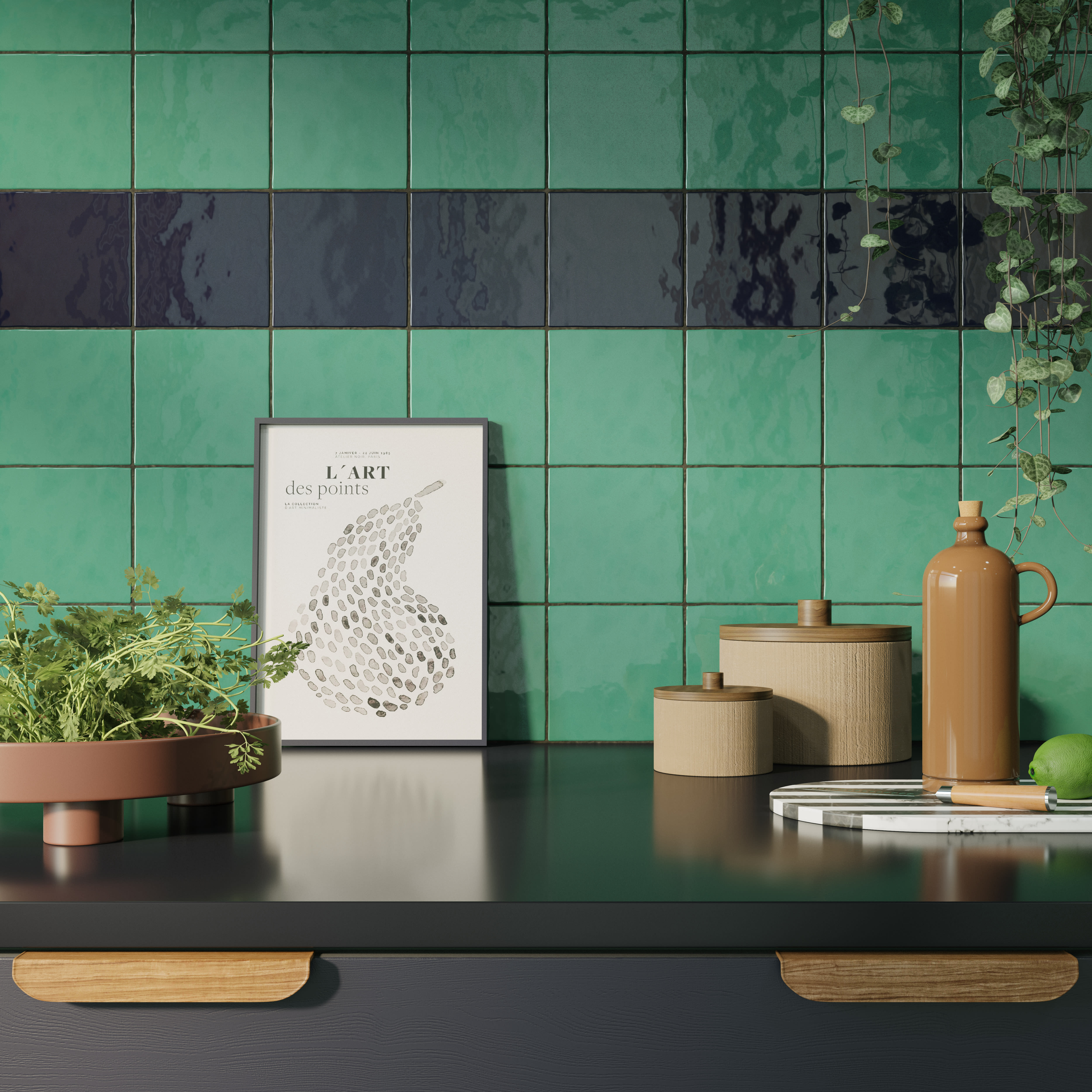Deck Tiles
Decking tiles are a simple and versatile way to update your outdoor space, providing a durable and stylish flooring option. Upgrade your garden or patio with decking tiles, the perfect solution for a fresh, new look with minimal effort.
Frequently Asked Questions
Decking tiles are the perfect choice for transforming your outdoor area, whether you're updating your patio, balcony or garden. These acacia interlocking tiles are incredibly easy to install, allowing you to lay them down without the need for professional help. Available in anthracite grey or brown, their modular design allows you to cover large areas quickly and effortlessly. Plus, they’re low-maintenance and durable, making them a practical option for any space. The softwood deck tile is the perfect alternative to traditional deck boards
If you’re looking to refresh your outdoor space without a full renovation, decking tiles provide an affordable and stylish solution. Upgrade your deck for day-to-night with our decking lights.
FAQs
Are decking tiles easy to install?
Yes, acacia interlocking deck tiles can be laid down without tools or adhesives. Simply click them into place, making it a quick and easy DIY project. Softwood deck tiles can be laid simply on a level solid surface and are pressure-treated to UC3 for longer life.
What materials are decking tiles made from?
Decking tiles are available in various materials, including wood and plastic. Each material offers its own benefits, such as durability or low maintenance.
Can decking tiles be used on uneven surfaces?
Decking tiles work best on flat surfaces and should not be placed directly on soil to avoid rot.








